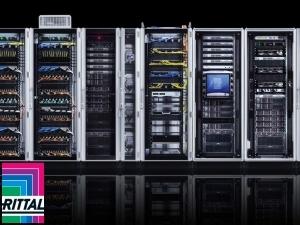Johannesburg, 12 Sep 2017

Data centres and the networks between them form the backbone of today's information technology (IT). More and more services are being outsourced to the "cloud". This has the advantage that the user's terminal devices can be scaled down more and used longer by outsourcing computing work and storage space. On the other hand, this trend also places a higher burden on the networks and increasing demands on data centres. Despite the increasing energy efficiency of the hardware, data centre energy demands are growing, for one thing due to the increasing number of servers and storage systems. Every single Watt-hour of energy used by the IT must then be dissipated from the data centre in the form of heat, so that the energy demand rises again.
The AC4DC project (Adaptive Computing for Green Data Centers) [Ref. 1] aims to counteract the trend of rising energy demand in data centres by addressing the inefficient use of existing IT and infrastructure systems and managing them more efficiently. The most important technical objectives in the context of this paper were:
* Implementation of a load and power management system of services and servers for dynamically and proactively adapting the server capacity to the actual demand.
* Realisation of a comprehensive climate control for the dynamic optimisation of the entire cold chain, depending on the current IT performance.
* Optimisation of the operating costs in a data centre network by moving workloads to lower cost locations.
Due to the relatively wide spread of these technical objectives, in the AC4DC project, an almost complete data centre system was studied in terms of energy technology and optimised. Accordingly, the main objective was to combine the individual measures in an overall optimisation programme. While the load and power management ensures that the IT load behaves dynamically, comprehensive regulation attempts to adapt the climate control to the now dynamic heat load of the IT.
Share